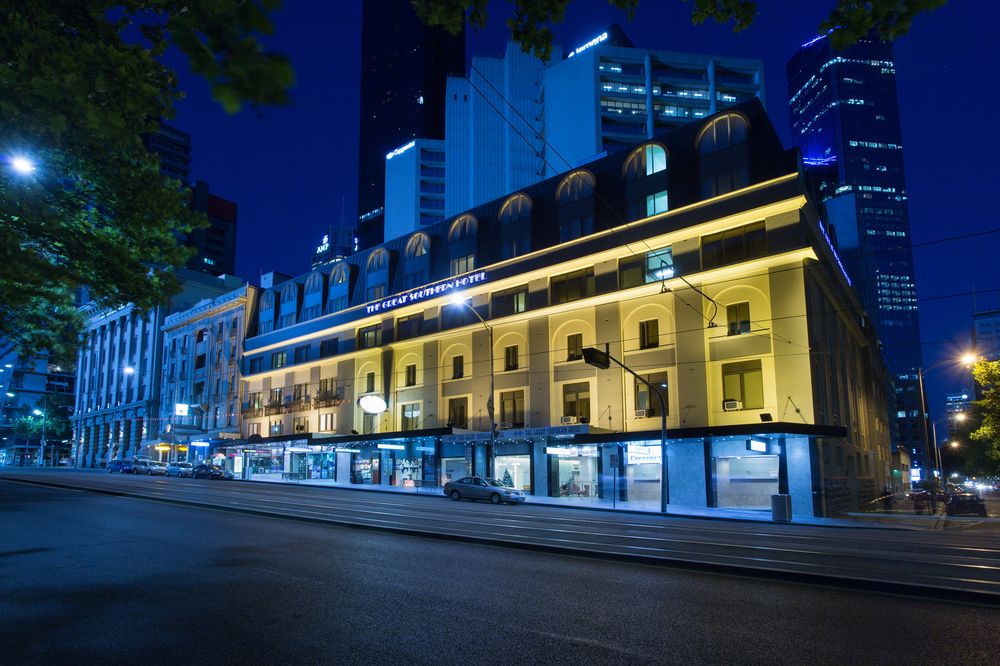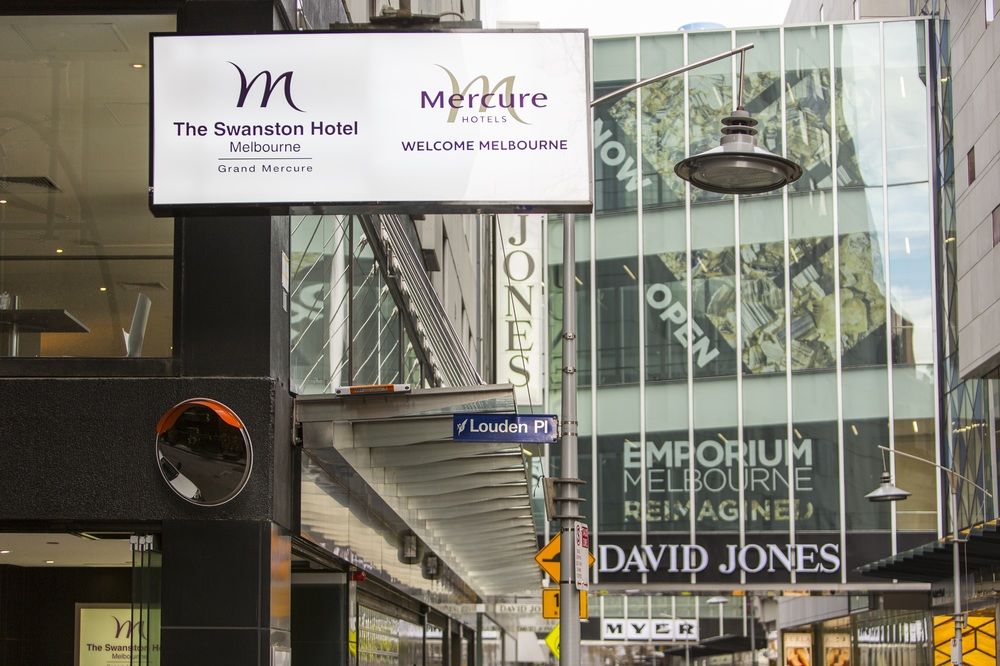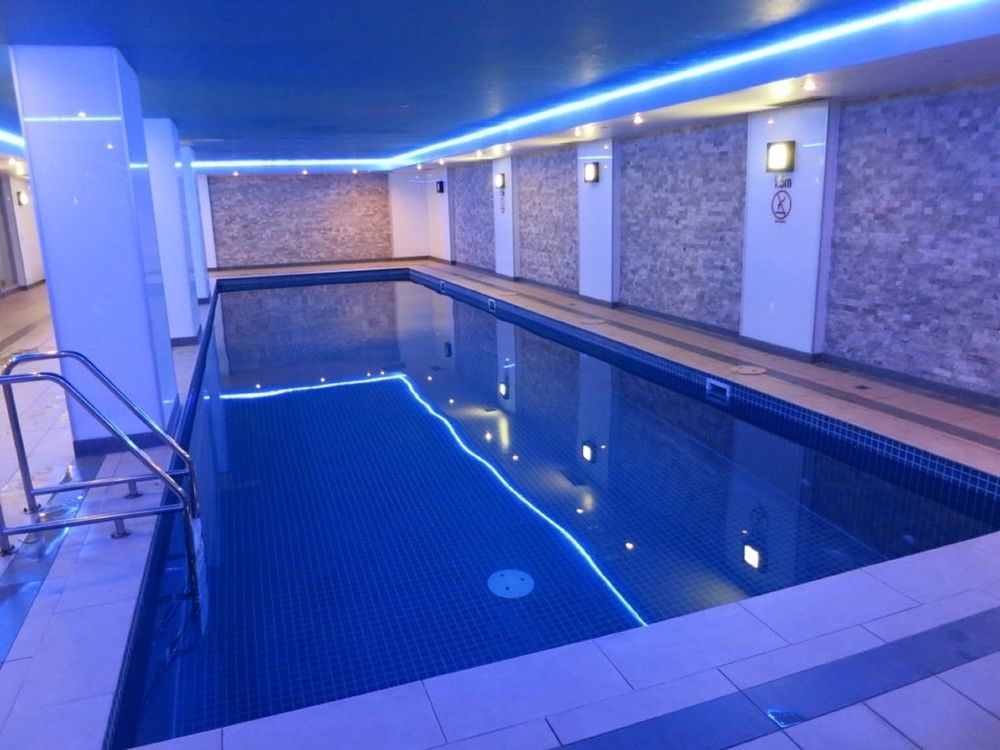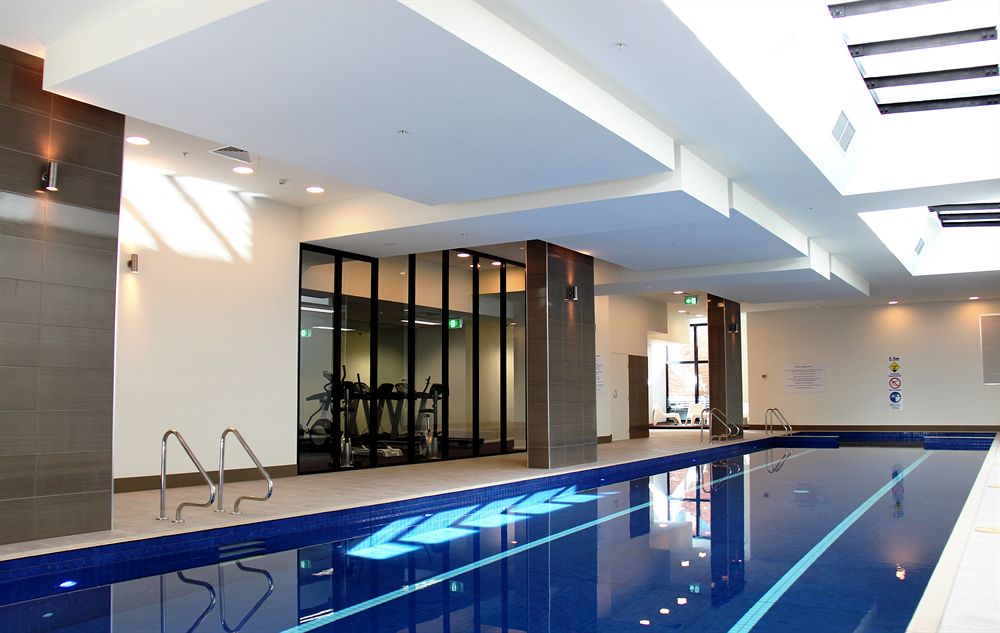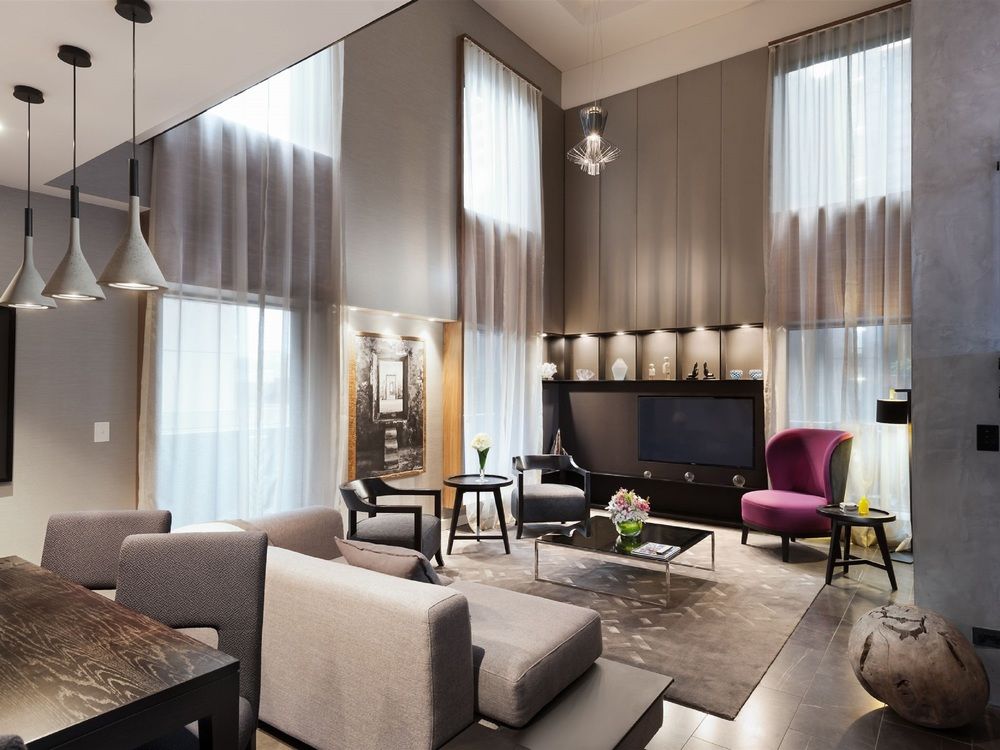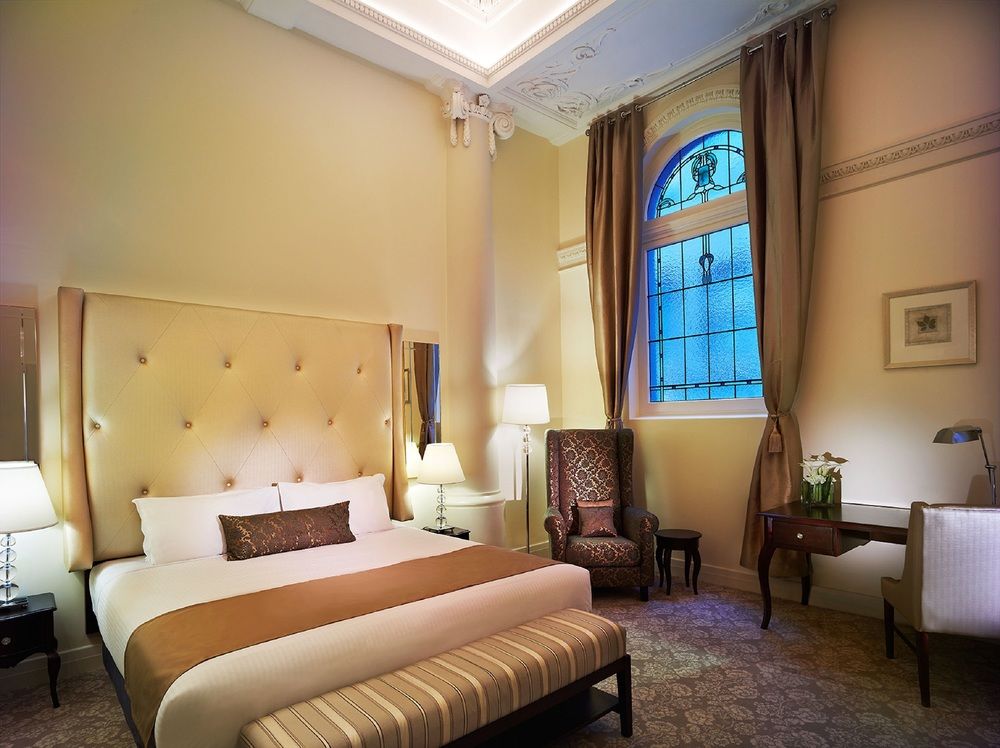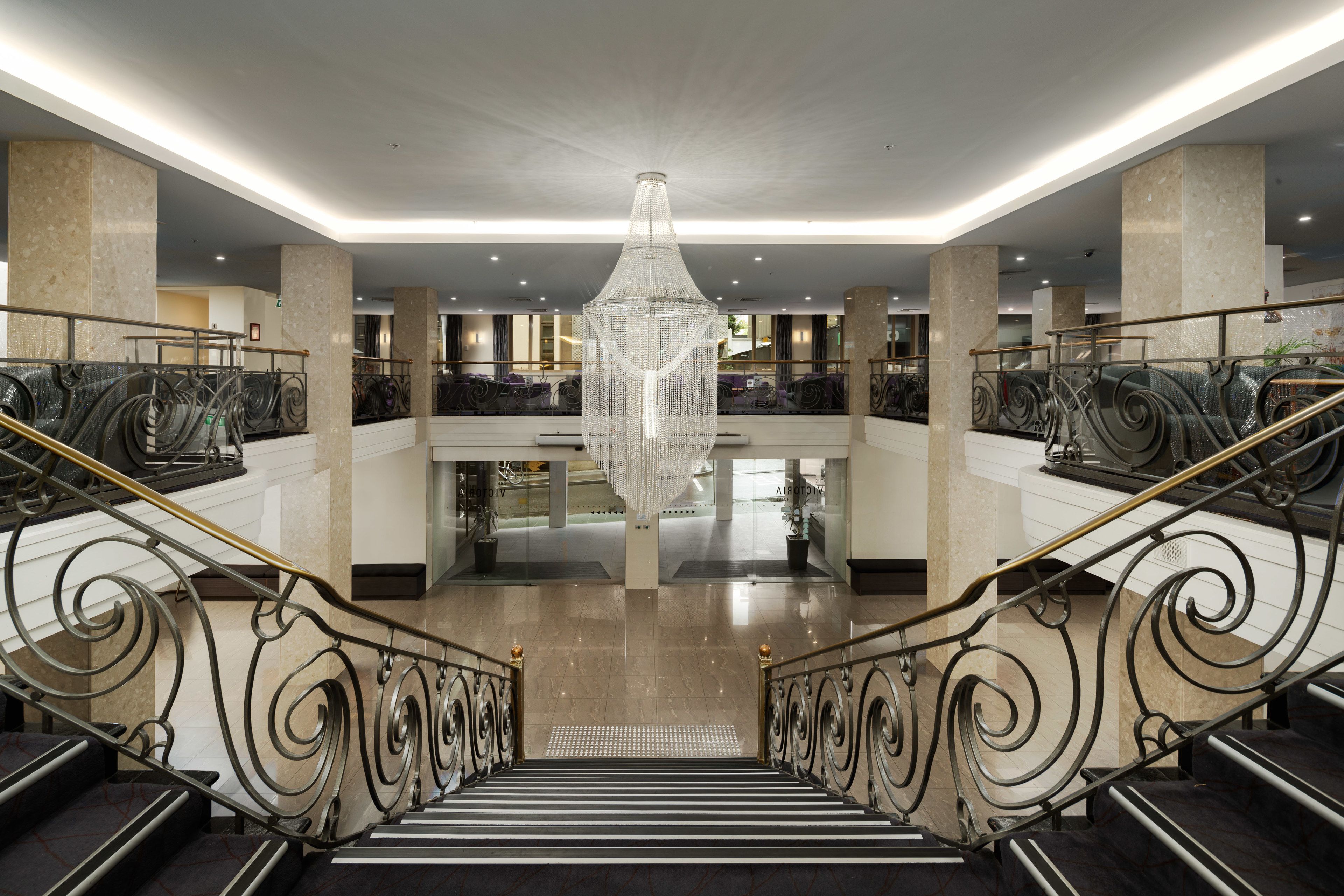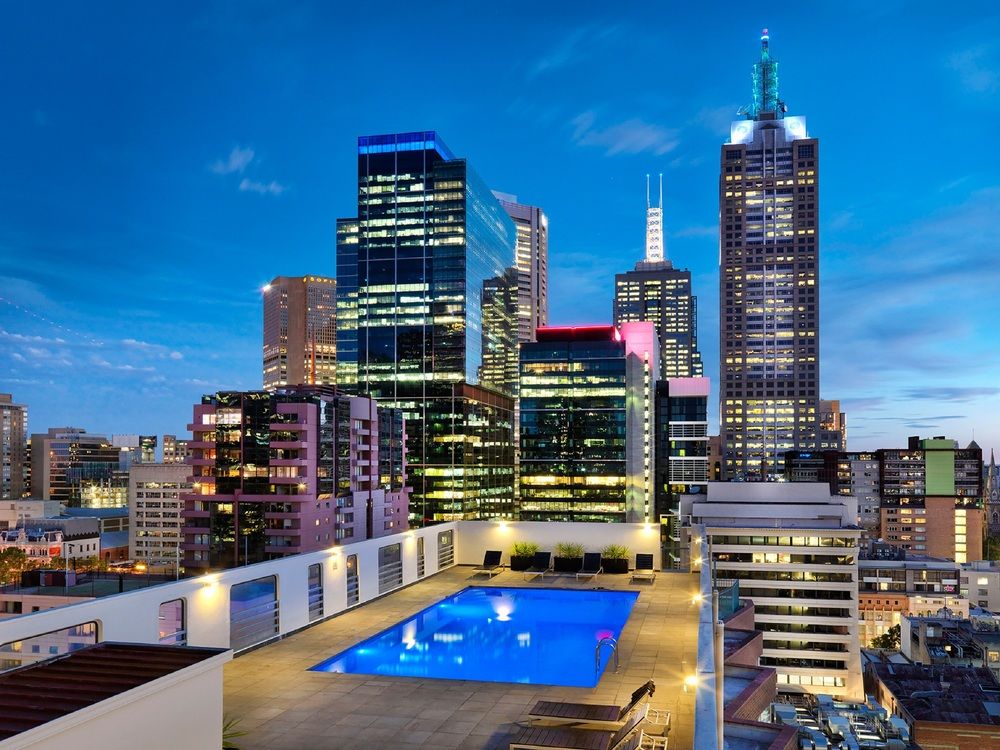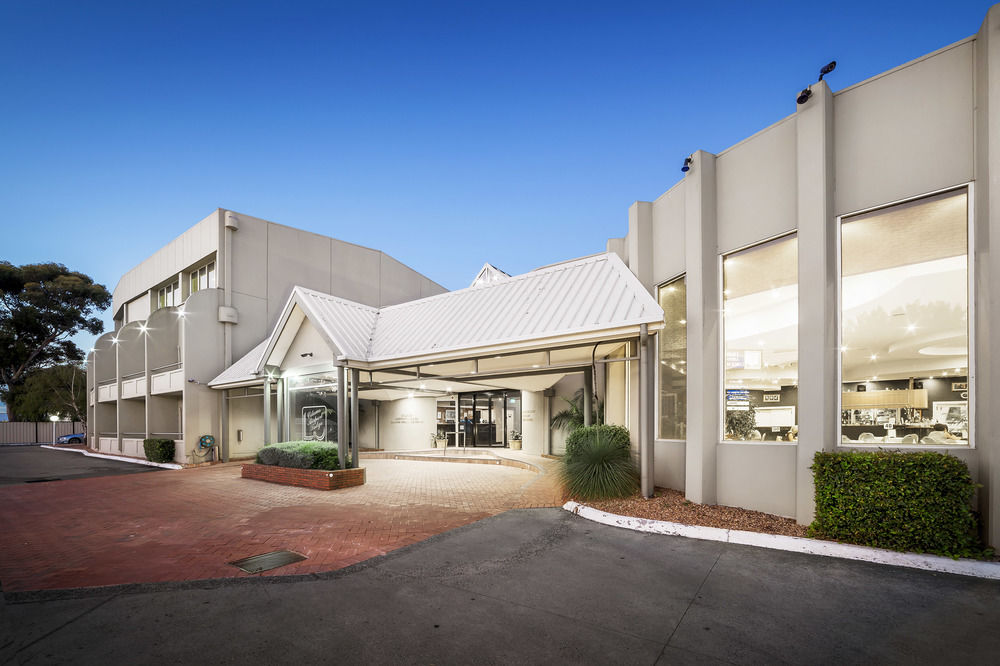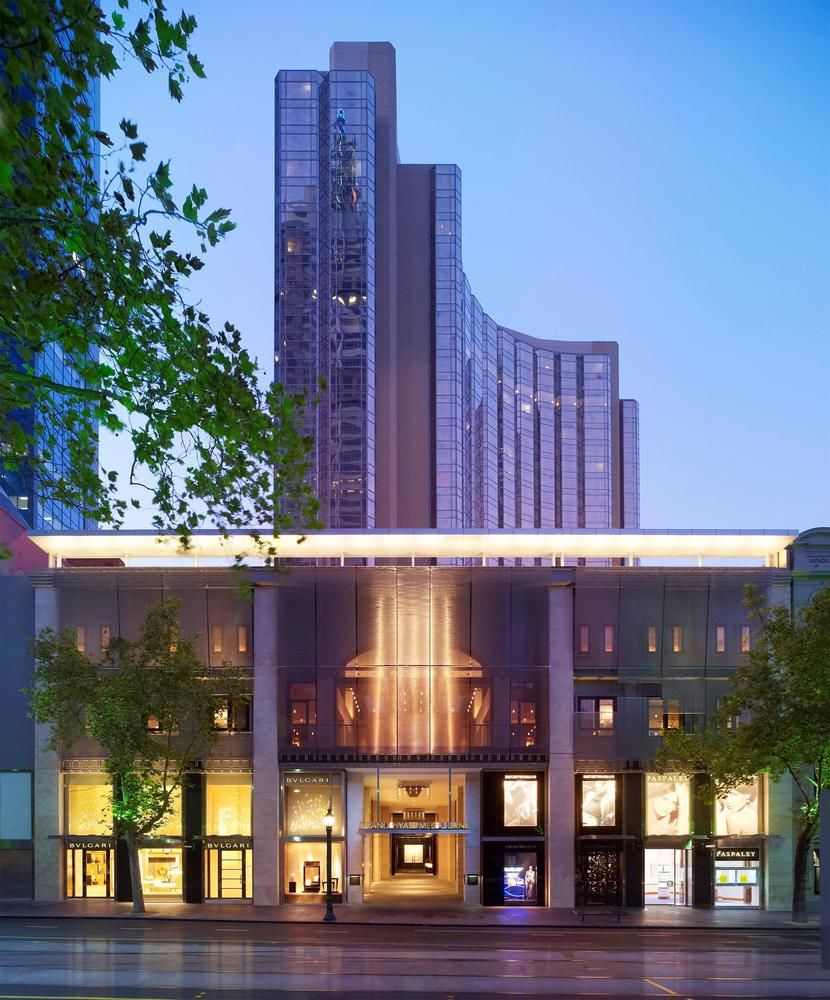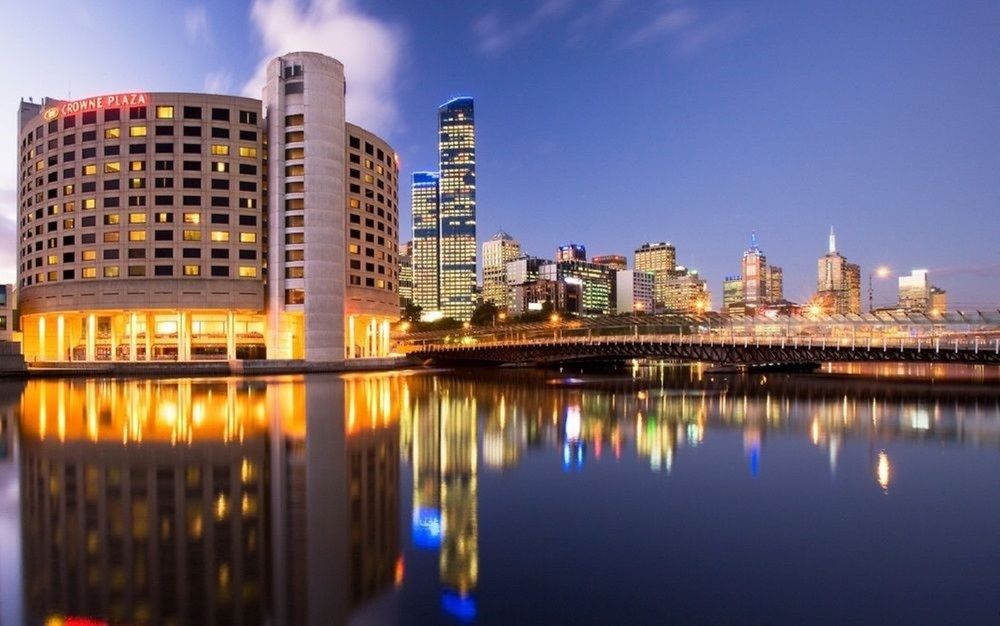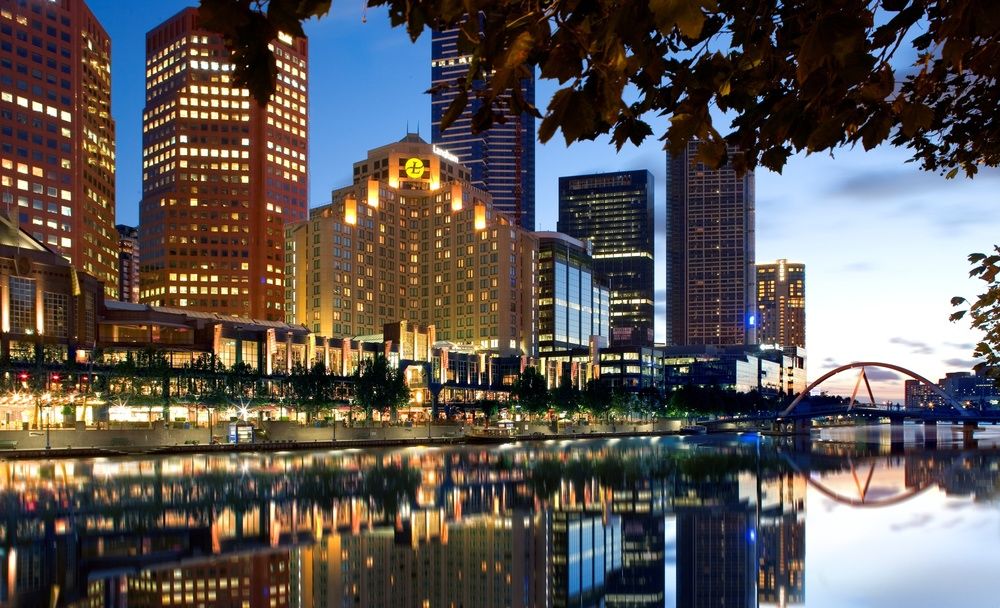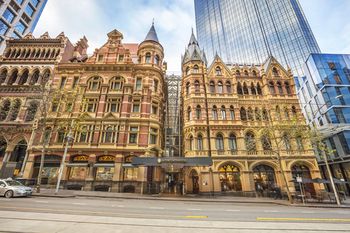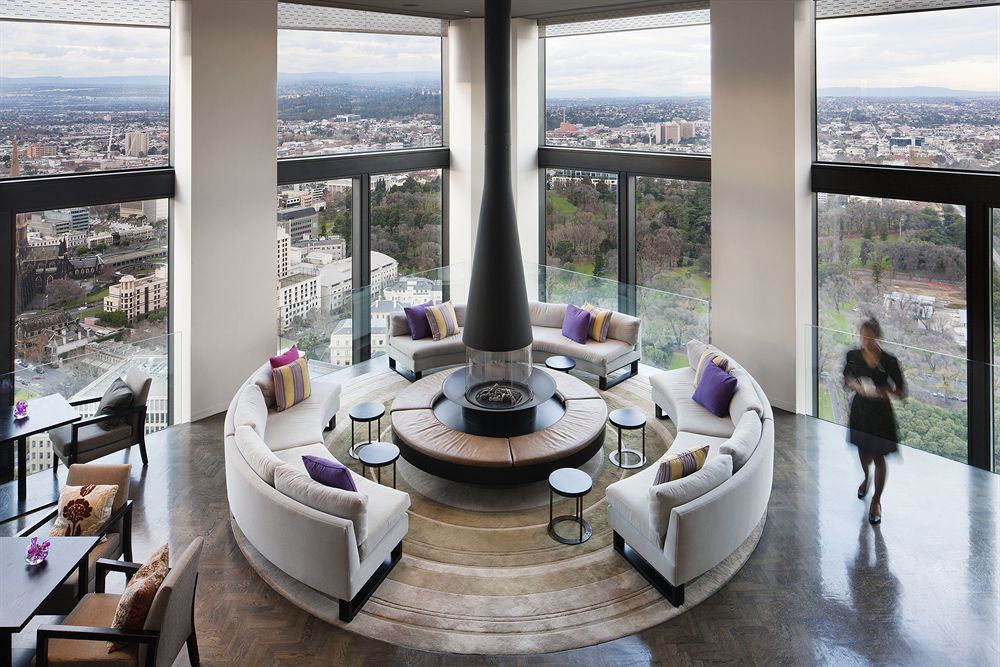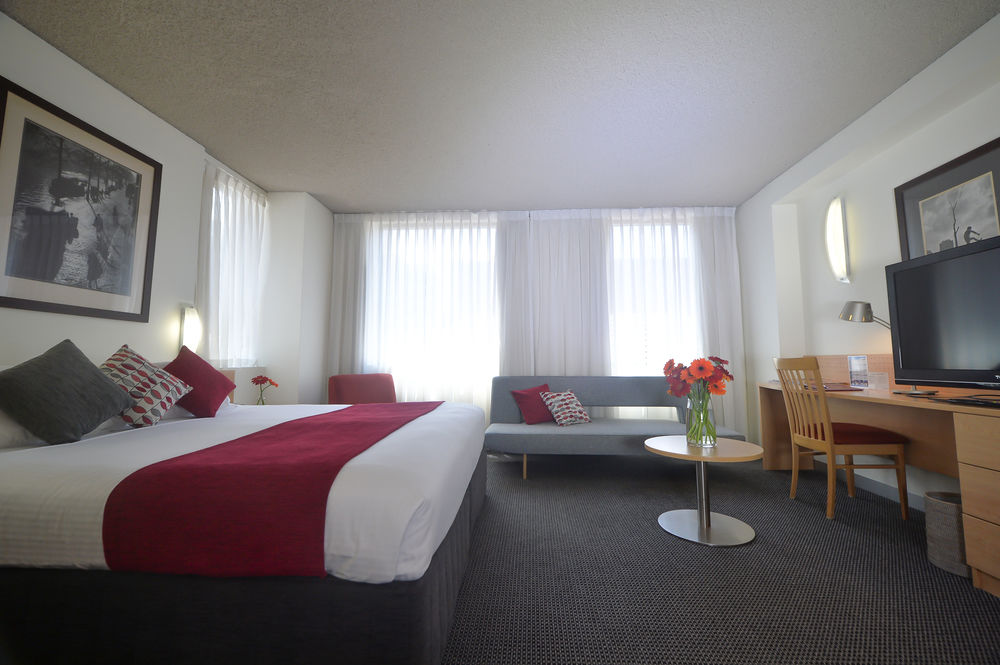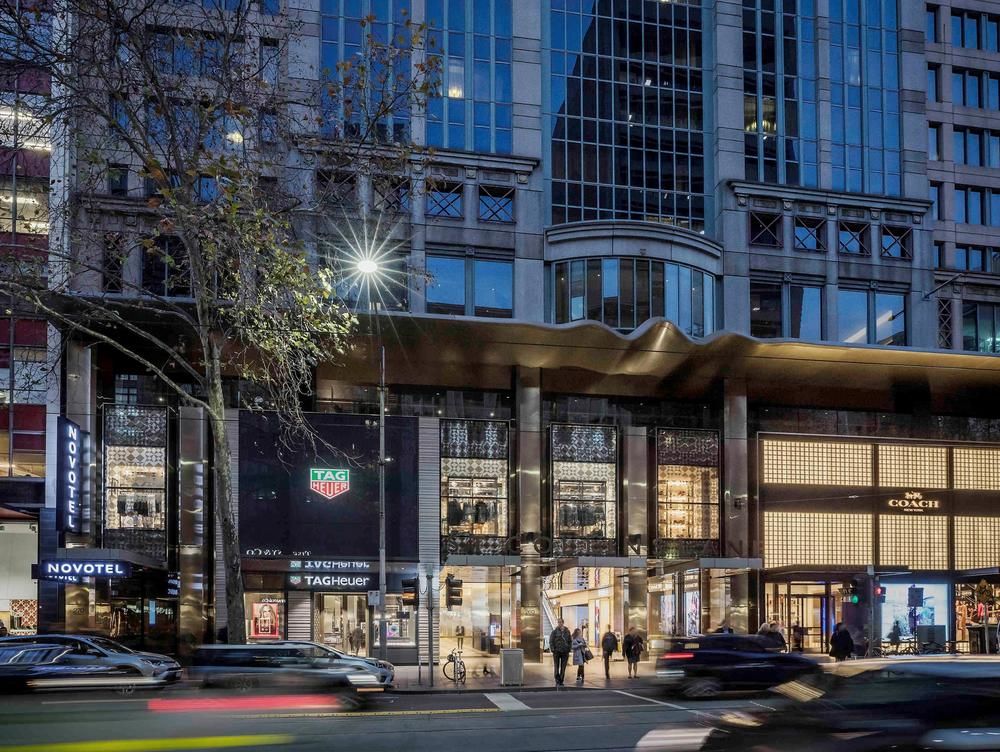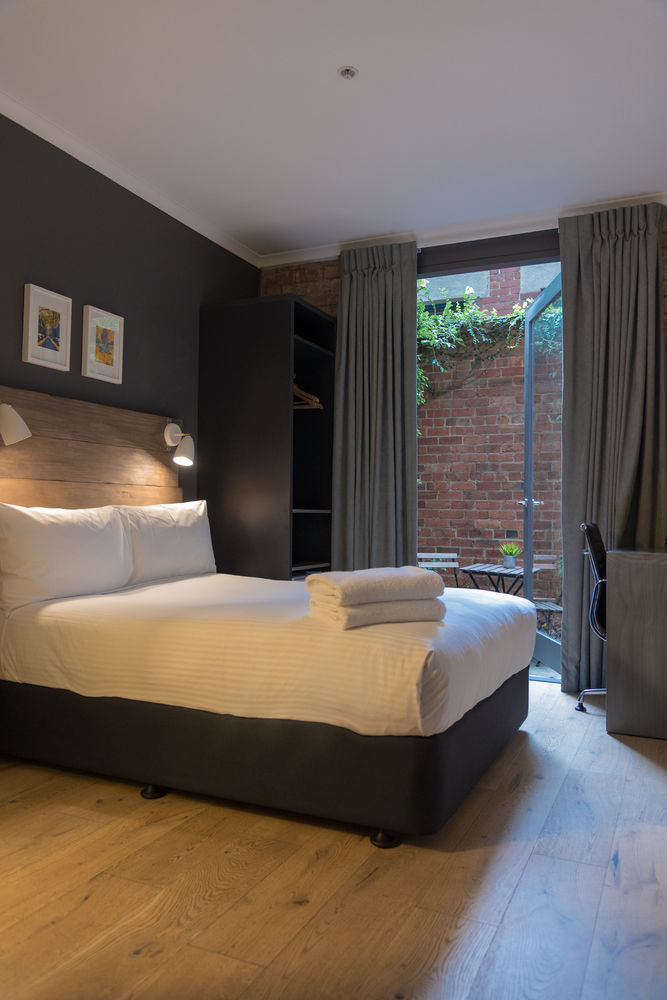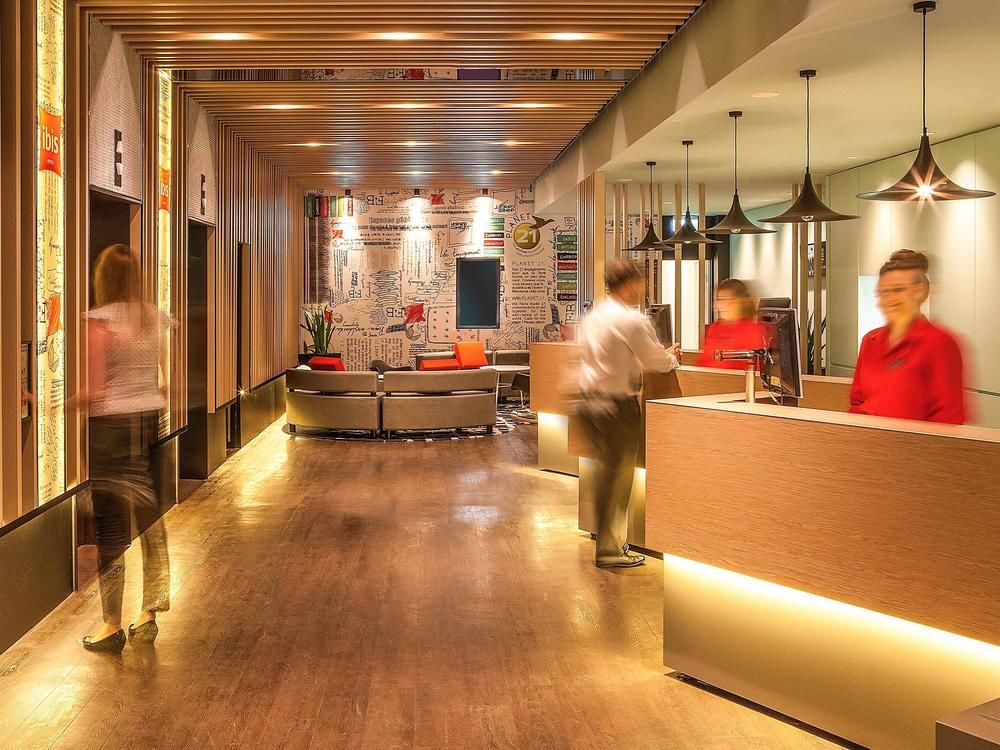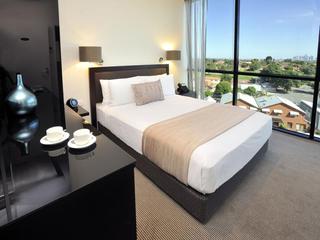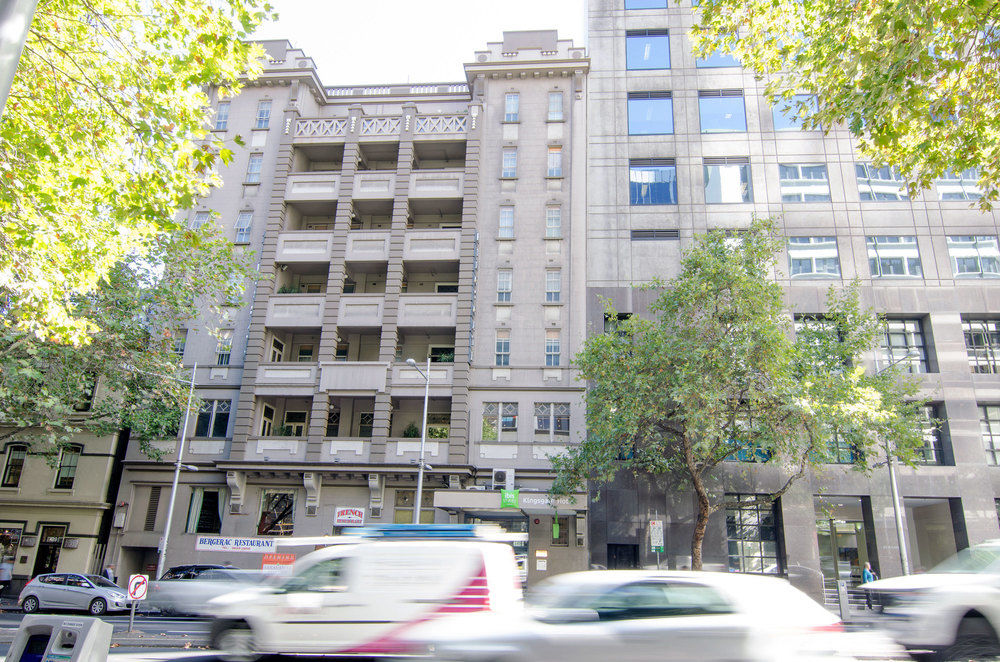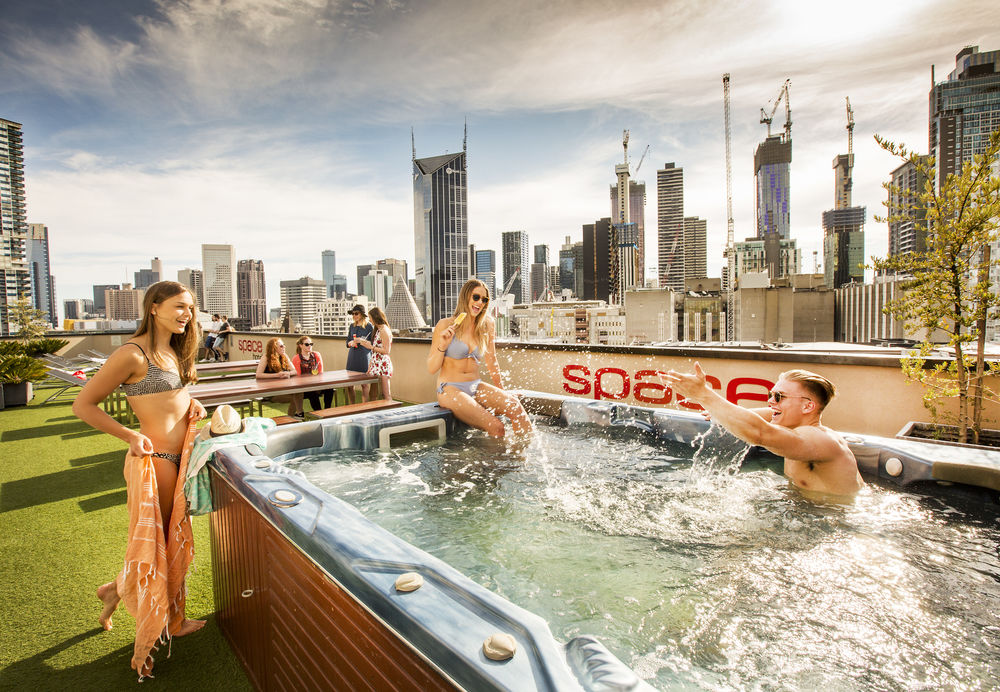
Find hotels in Melbourne
Lowest prices detected by AI for hotels
Best
Cheapest
Star Ratings
AI Recommended
Best Hotels In Melbourne
Cheapest Hotel Deals in Melbourne
Top Rated Hotels
5 Star Hotels in Melbourne
4 Star Hotels in Melbourne
3 Star Hotels in Melbourne
AI-recommended Destinations
Where to stay in Melbourne
More About Melbourne
“The Europe of Australia”
Melbourne ( ( listen) MEL-bərn) is the capital and most populous city of the Australian state of Victoria, and the second-most populous city in Australia and Oceania. Its name refers to an urban agglomeration of 9,992.5 km2 (3,858.1 sq mi), comprising a metropolitan area with 31 municipalities, and is also the common name for its city centre. The city occupies much of the coastline of Port Phillip bay and spreads into the hinterlands towards the Dandenong and Macedon ranges, Mornington Peninsula and Yarra Valley. It has a population of approximately 5,000,000 (19% of the population of Australia), and its inhabitants are referred to as "Melburnians".The city was founded on the 30 August 1835, in what was the British colony of New South Wales, by free settlers from the colony of Van Diemen’s Land. It was incorporated as a Crown settlement in 1837 and named in honour of the British Prime Minister, William Lamb, 2nd Viscount Melbourne. It was declared a city by Queen Victoria in 1847, after which it became the capital of the new colony of Victoria in 1851. Following the Victorian gold rush of the 1850s, it was referred to as "Marvellous Melbourne" and was transformed into one of the most important cities in the British Empire and one of the largest and wealthiest in the world. After the federation of Australia in 1901, it served as interim seat of government of the new nation until 1927. Today, it is a leading financial centre in the Asia-Pacific region and ranks among the top 15 cities in the world in the Global Financial Centres Index.Referred to as the "cultural capital" of Australia, the city is home to many of the largest and oldest cultural institutions in the nation such as the Melbourne Cricket Ground, the National Gallery of Victoria and the Royal Exhibition Building. It is also the birthplace of Australian impressionism, Australian rules football, the Australian film and television industries and Australian contemporary dance. More recently, it has been recogn
 Time UTC+10
Time UTC+10 Currency AUD
Currency AUD Languages English
Languages EnglishWhat’s Special about Staypia?
Compare hotel prices in real-time
AI finds you the lowest price for hotels in Melbourne.
Lowest price for 3.16M hotels worldwide
Book with up to 31% extra discounts only for Staypia members.
Travel bucket list for Melbourne
Plan your trip with over 17K 'must see' recommendations for Melbourne
Frequently Asked Questions
The best hotels in Melbourne are Crown Metropol Melbourne, The Hotel Windsor, Great Southern Hotel Melbourne.
The best 5 star hotels in Melbourne are Crown Metropol Melbourne, The Hotel Windsor, Stamford Plaza Melbourne. Search for the most highly rated hotels in Melbourne
The most highly rated hotels in Melbourne are Crown Metropol Melbourne, Pan Pacific Melbourne, Rendezvous Hotel Melbourne.
Generally, room reservations are subject to a free refund until the cancellation deadline. Fees may apply after the cancellation deadline, so please check the cancellation deadline on your hotel voucher or in Menu > My Reservation.
If you’re a frequent traveler, Staypia is the best place to get the best hotel deals. You can book hotels with the lowest price of 3.16 million hotels collected by AI, and receive additional discounts for members only.

